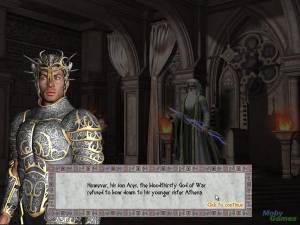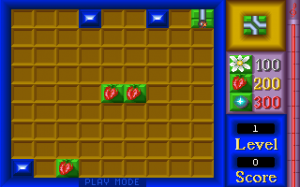Game Classification
Mummy Maze Deluxe PopCap Games (U.S.A.), PopCap Games (U.S.A.), 2002
Classification
VIDEO GAMEKeywords
Market
This title is used by the following domains:- Entertainment
Audience
This title targets the following audience:Age : 12 to 16 years old / 17 to 25 years old
General Public
Gameplay
The gameplay of this title is Game-based(designed with stated goals)
The core of gameplay is defined by the rules below:
Similar games
 Mummy Maze Deluxe is an electronic adaptation of the pencil-and-paper maze puzzle Theseus and the Minotaur by Robert Abbott, first published in 1962. It is based on the concept of logic mazes where an exit needs to be found, but with a number of rules that restrict or modify the possible movement. Locating the exit does not consist of travelling towards it directly, the introduced limitations can be based on arrows restricting directions, opened or closed doors, or the amount of spaces each move is permitted to be. The name of the maze is based on the Greek legend of Theseus who needs to outsmart the stronger and faster minotaur in his own labyrinth.
Mummy Maze Deluxe is an electronic adaptation of the pencil-and-paper maze puzzle Theseus and the Minotaur by Robert Abbott, first published in 1962. It is based on the concept of logic mazes where an exit needs to be found, but with a number of rules that restrict or modify the possible movement. Locating the exit does not consist of travelling towards it directly, the introduced limitations can be based on arrows restricting directions, opened or closed doors, or the amount of spaces each move is permitted to be. The name of the maze is based on the Greek legend of Theseus who needs to outsmart the stronger and faster minotaur in his own labyrinth.
In PopCap's take on the concept, the setting is moved to Egypt where the player controls an explorer in search of treasure. Instead of minotaurs, the explorer encounters different types of mummies and scorpions. The level lay-out of the mazes is seemingly simple, but usually a large number of steps is needed to enter the exit. Played in turns, mummies can move two steps at a time, while the explorer is limited to one. To outsmart enemies, they need to be lured away. Enemies do not react to the player directly, but to a specific logic of vertical and horizontal movement. Once discovered, this can be exploited by the player. For instance, when on a tile surrounded by walls on three sides, the mummy will not leave his position when his logic anticipating the player's movement prevents him from moving into the direction of the exit. Further rules are added through a number of traps, multiple mummies (who get into a fight where one is killed when the explorer lures them towards each other), a key that opens or closes a gate, and the specific position of walls. Although most levels seem to resemble each other, the solution is always different.
The game's main mode is called Adventure. It consists of fifteen pyramids, with fifteen levels each, that need to be unlocked gradually. After finishing a pyramid, a treasure is provided and in the final pyramid the valuable riches of Pharaoh Tutankhamen await the player. The Classic mode has similar gameplay, but there the mazes are randomly generated with an increasing difficulty. The Adventure mode only keeps track of the player's completion time, but in the Classic mode points are awarded based on how quickly the maze is solved. The game also contains a tutorial where the basic game mechanics are explained in three sessions.
After completing a level, progress is saved automatically. During gameplay the player can also undo as many moves as needed or reset the entire maze. An ankh near the left side of the screen turns red when the explorer is moved into a position where he can no longer solve the maze. The explorer is controlled through the cursor keys or the mouse. Sometimes, it is also need to perform a "wait" action, where the player skips his turn, used to lure an enemy into a specific position or movement pattern. [source:mobygames]
Distribution : Retail - Commercial
Platform(s) : Macintosh - PC (Windows)
 Français
Français English
English





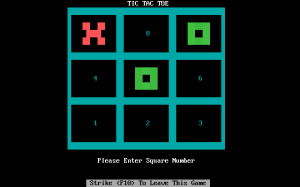
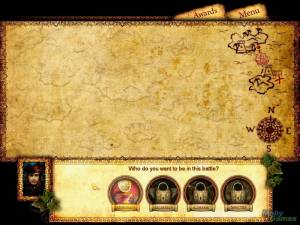
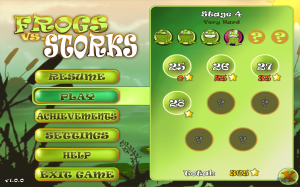
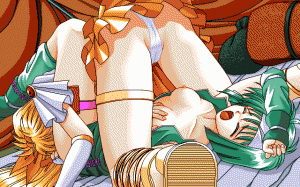
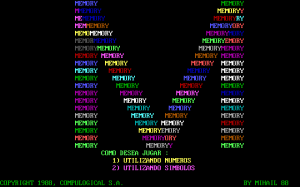
.png)

